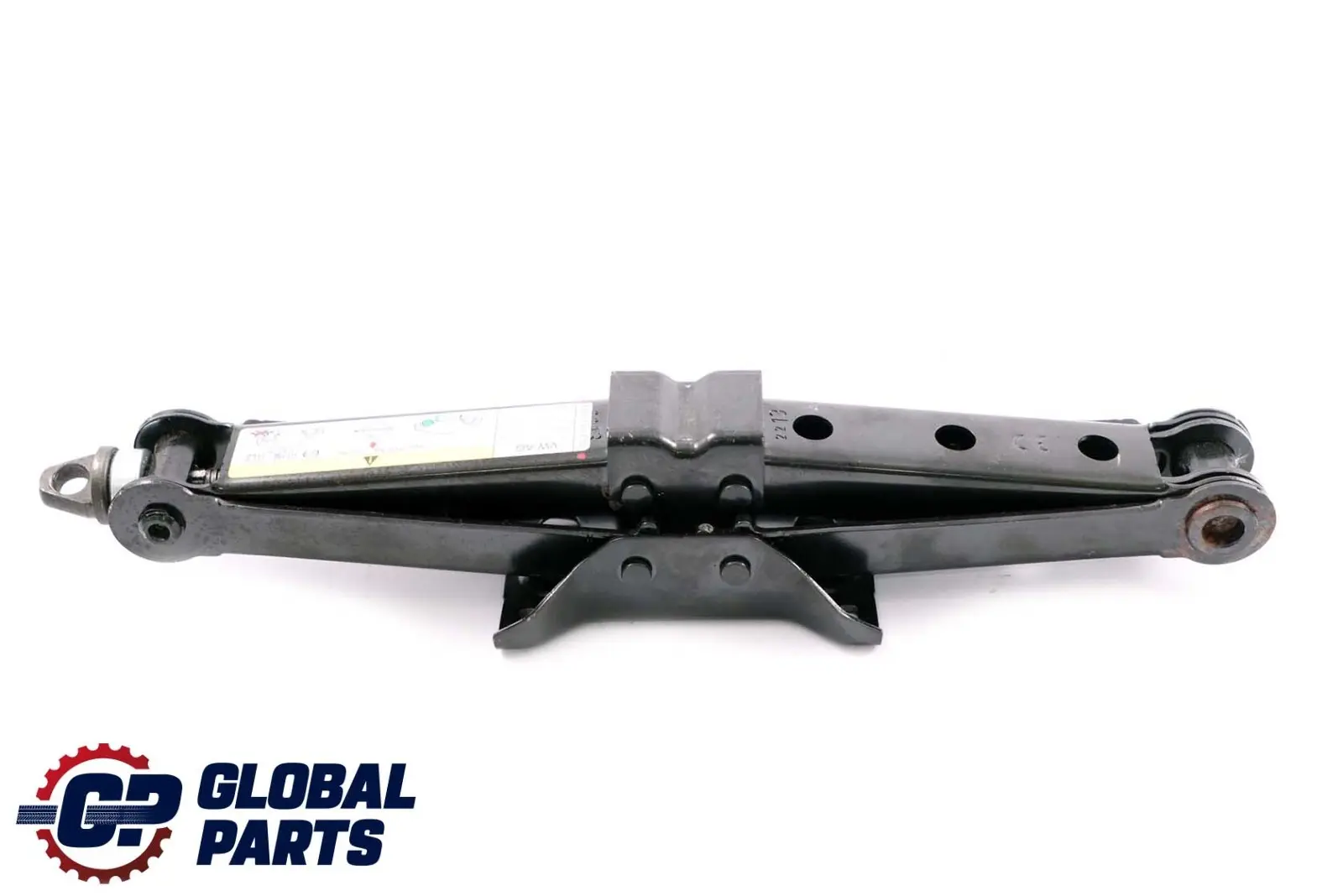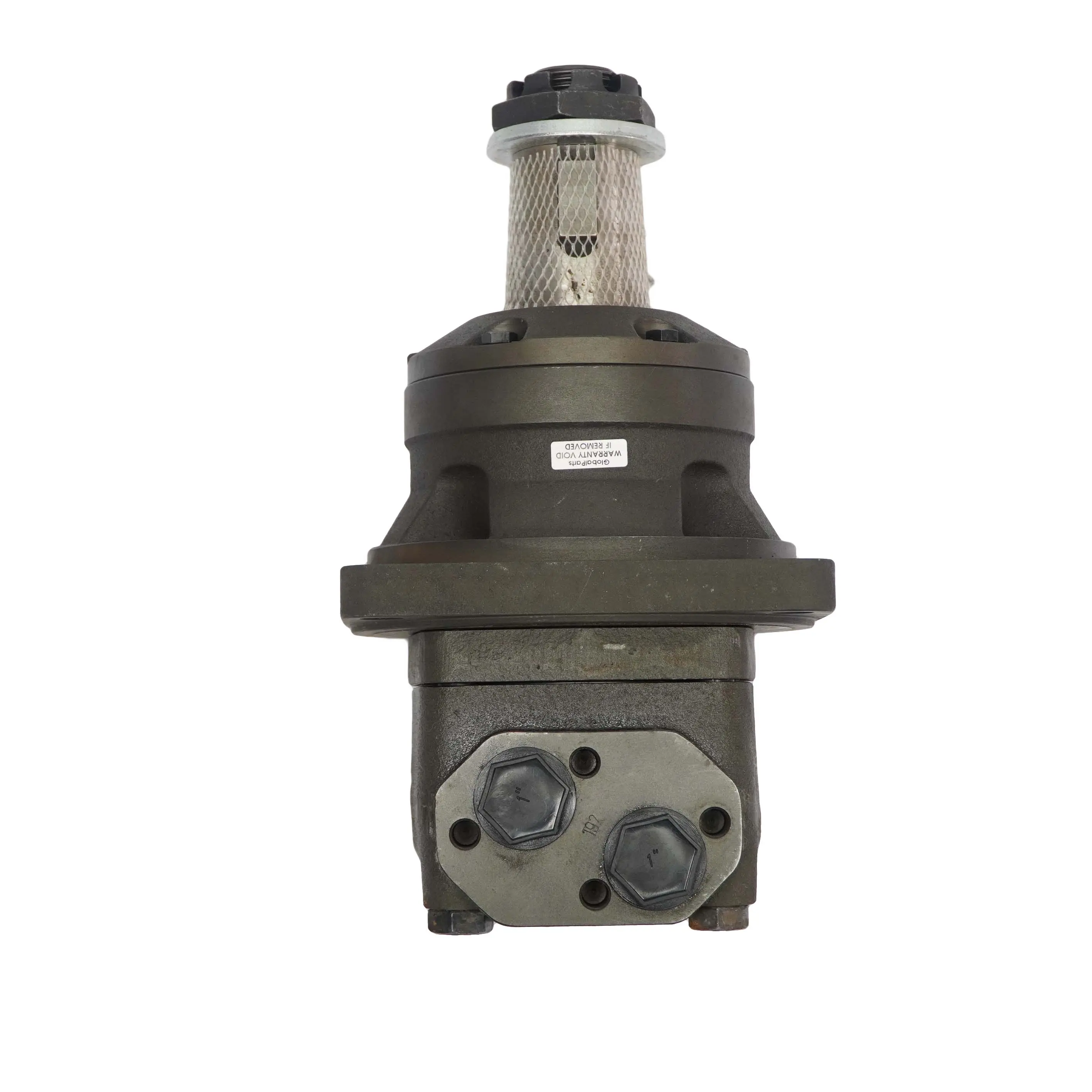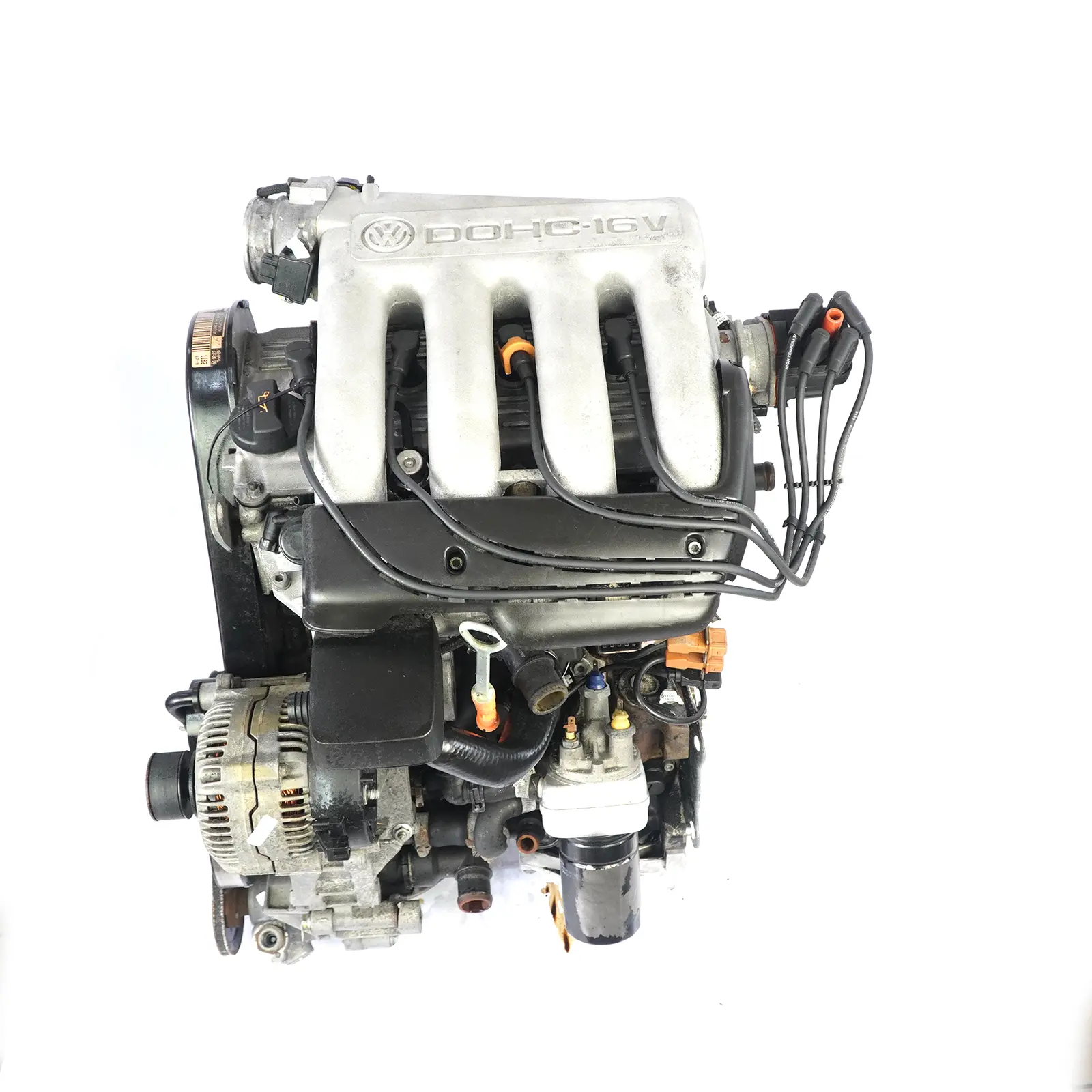Hot-hatch legend: the evolution of the VW Golf GTI from Mk1 to Mk8 – design changes and VW car parts
For half a century , the Golf GTI has taught us that a practical body can be combined with a sporty soul and clear mechanics. Each generation of Volkswagen has brought changes to the suspension, engine, and electronics design, but the core remains the same: light responsiveness and confident handling. This makes even older models worth keeping alive, and upgrades can be arranged within a reasonable budget thanks to used parts. Original components from dismantling, carefully selected and from the same model year family, shorten assembly and restore the factory-like driving experience. This article summarizes the key differences between generations, examples of "what to replace," and simple procedures that can be implemented in the garage and workshop. The Global Parts automotive store helps you assemble the necessary VW Golf components – from rims and seats to body electronics and drivetrain.
Volkswagen Golf GTI – where the legend comes from and what connects the generations
In the beginning, there was simplicity: low weight, an agile chassis, and enough power to elevate urban practicality into a world of driving pleasure. The Volkswagen Golf GTI maintained this recipe, gradually adding safety and comfort features that, year after year, increased its weight and complexity. Despite the increasing number of control units, sensors, and modules, the GTI remained logical in service, and components from multiple generations share the same approach to ergonomics and accessibility. This is why the used parts market for the Golf is so extensive: you can truly choose seats, steering wheels, intake components, and many accessories without destroying the factory identity. Increasing digitalization hasn't killed the "mechanical" character—it simply added a layer of personalization and comfort, seen from the Mk6 onward. The natural consequence is that maintaining an older GTI doesn't have to be expensive, as long as the parts decisions are not haphazard. 
Golf GTI Mk1–Mk3 – mechanics at the forefront and easy visual mods
The image of early GTIs is of a springy R4, low inertia, and a chassis that responds well to tires and brakes . In the Mk1/Mk2, the first improvements in the driving experience usually don't involve significant power, but rather the steering wheel, seats, and fine-tuning, as the driver will sooner feel a better driving position than a single horsepower upgrade. Simple upgrades remain popular to this day: period seats or their later equivalents, thicker-rimmed steering wheels, and plug-in brake kits from related models. Used Golf parts from this era is often the only way to maintain a consistent look and precise fit without making adapters. The Mk3 introduces more comfort and electronics, so the list of items to check includes wiring harnesses, relays, and seat adjustment mechanisms, which tend to get damp after years. It's best to plan these changes together, as the combined effect on the experience can be greater than the sum of the individual modifications.
Golf GTI Mk4–Mk5 – a more mature body and the first "must-have" accessories
Entering the Mk4/Mk5 era means a shift towards greater body precision and better noise reduction, which the driver perceives as solidity and stability on long journeys. In these generations, replacing interior elements and the "contact cockpit" is particularly worthwhile – the Golf 5 GTI steering wheel and Golf 5 GTI seats improve grip and driving position, while restoring a consistent look. The Golf 5 GTI intake and the typical "airbox mod" from the series allow for an easy refresh of throttle response, but their effectiveness is only felt when the ignition system and temperature sensors are working flawlessly. On the electronics side, modules are already appearing that are often adapted between cars, for example the rear electronic module. in newer body variants. This type of retrofit is best arranged in packages: interior accessories + intake + minor electrical components, so as not to have to disassemble the car several times. It is in this segment that the used VW parts market shines brightest, as availability and variety are the greatest.
Golf GTI Mk6–Mk7 – electronics, infotainment and drive details
In the Mk6 and Mk7, the maturity of the design is combined with the increased complexity of the electrical system, so "what to replace" no longer encompasses only the mechanics. Users are eager to upgrade their cars with better seats, steering wheels from newer years, and multimedia accessories that give them a fresher character. There's also plenty of on-board system upgrades – from a reversing camera to audio upgrades – aided by an extensive range of parts and car parts prepared for plug-ins. In single-track projects, focused on everyday driving, simple replacement of drive mounts and elastokinematics components can sometimes have a greater impact than emotional modifications. In more powerful versions, users are thinking about the drivetrain: a differential or better integration with stabilization systems, especially in dynamically driven cars. This is an area where a set of well-selected used parts can bring the project together within a reasonable budget.
Golf GTI Mk8 – more software, but it's still the hardware that counts
The modern GTI boasts infotainment, driving control packages, and more extensive comfort electronics, but the quality of the experience still depends on the seats, steering wheel, and chassis. In the Mk8, a common approach is to "refresh the interior" by adding components from higher configurations and refining the driving details. Used VW parts from dismantling – panels, handlebars, brackets, harnesses – usually fit mechanically, so replacement is quick and requires no adapters. In projects where a noticeable change in responsiveness is important, users opt for brake kits from more powerful versions, keeping caliper and hub compatibility in mind. If the car is driven in winter, replacing the headlight harnesses with newer ones, with better-secured connectors, will add reliability and peace of mind during long night drives. In the Mk8, it's increasingly easier to combine "digital" upgrades with physical ones, and used components help keep costs reasonable.
Used Golf Parts – What Makes the Most Sense to Replace and Why
The best return on investment comes from components that improve ergonomics and the car's connection: seats, steering wheel, improved mounts, and small accessories. Golf 5 GTI steering wheel or Golf 5 GTI steering wheel They still make a difference in many projects because they fit mechanically and don't require additional spacers or bodywork. Users turn to intake system components second, as these parts are the quickest to convey the sensation of "lightness" in acceleration. On the electronics side, comfort and lighting retrofits are rewarding if they use period-correct wiring harnesses and frames, rather than random adapters. If structural components (e.g., suspension or differential) are on the list, it's better to "bundle" the work to avoid repeated disassembly and additional geometry adjustments. This order helps build a predictable modernization plan, even for cars with high mileage.
Golf GTI – engine and intake: where used VW parts still hold their own
Matching the impression of a "new" car often starts with simple decisions: a clear intake, tight hoses, and healthy sensors. The Golf GTI engine responds very clearly to intercooler performance and fresh temperature sensors, and using OEM parts from the same family is often the quickest way to a noticeable improvement. It's worth remembering the quality of the vacuum hoses and the tightness of the clamps, as they are just as likely to "steal" impressions as faulty maps. When it comes to cabin air supply and comfort, the mist in the windows only disappears when the cabin filter and ducts are clean, so it's worth planning such small changes together with the intake modifications. For drivers who take longer trips, a real "used" improvement is better seats and a steering wheel, as this is a change that can be felt every minute of the drive. Choosing wisely involves using parts from a trusted source – it's often quicker to find a "car for parts" axle set or an entire interior kit than individual components in perfect condition.
Volkswagen Golf – a simple, step-by-step modernization plan
To start with, it is worth writing down what interferes with everyday use: the seat, holding the steering wheel, the operation of the intake system, and perhaps the lights. Next, a short list of used VW parts from a single family will come in handy – for example: steering wheel + seats + small interior components, or intake + wiring harnesses + covers. It's best to do a single assembly session to minimize downtime and avoid multiple adjustments. When the project involves mechanics (e.g., differential or brakes), a "package" with geometry and mounting checks makes sense. In electronics, practice shows that it's best to first check the component version and wiring harness, and only then consider software updates. This order makes it easier to manage your budget and get back to driving faster.
GTI – rims, seats, steering wheels: a real impact on driving and ergonomics
The most immediate contact elements are the ones that provide the most immediate impact: the steering wheel, seats, lever and pedals, because they integrate the body with the car. The rims in the GTI affect not only the appearance – their ET and width determine the suspension's performance, the amount of room for the clamp, and the steering feel. Classic choices from the era appear: 17-18 inches, a moderate profile, and weight, so as not to "kill" the springiness that the VW Golf brings as standard. The Golf 5 GTI seats with sensible lumbar support are less tiring on the road and improve torso control during faster turns. A steering wheel with a thicker rim reduces the strain on the wrists, and the availability of used OEM parts makes such an upgrade a logical first step. The interior is no longer just a place to sit – it becomes a tool through which the car is driven with greater precision.
Volkswagen and comfort modules – when electronics change the "feel"
As cars age, the little things age the fastest: sticking switches, disconnecting connectors, and door motors. Newer generations introduce a rear electronic module, which integrates many body functions and can be swapped within the same family. Such a retrofit or replacement with a used OEM can eliminate typical "Christmas trees" and unlock functions that the user has already written off. In audio and communication systems, the choice often falls on proven modules from the factory list, because the "invisible" issues in the cables determine trouble-free operation. A design that combines mechanics with electronics usually returns the greatest overall effect in a short time. This is why the car parts and BMW parts markets are thriving in the world of "universal" solutions.
TABLE – Golf GTI: what most often "makes the difference"
| Area | Used VW part | What to pay attention to | Effect in driving |
|---|---|---|---|
| Interior | Golf 5 GTI steering wheel, Golf 5 GTI seats | compatibility of mounts/airbag, wreaths | stable position, less fatigue |
| Intake | Golf 5 GTI intake, covers/ducts | tightness, intake air temperature | better response, repeatability |
| Electronics | rear electronic module, harnesses | component version, cubes, mass | less "Christmas tree", full functions |
| Drive | differential, axle shafts, mountings | gear ratio, play, condition of the seals | traction, stability on exit |
| Lights | set of lamps + harnesses | no corrosion, homologation consistency | better visibility, quiet at night |
TABLE – Golf GTI: short list of "starting" upgrades (abbreviation)
| Step | What to do | Why in this order |
|---|---|---|
| 1 | steering wheel + seats | ergonomics immediately change the perception of the car |
| 2 | intake + covers | repeatable reaction and stable temperatures |
| 3 | bundles and modules | fewer electrical surprises |
| 4 | differential/brakes | handling increases with power and driving style |
| 5 | visual elements | consistent GTI look without interfering with the sheet metal |
FAQ – Volkswagen Golf GTI and used parts
| Question | Short answer |
|---|---|
| How can I tell if a used part will fit my GTI? | Stick to the same component family and numbering; this usually ensures adapter-free installation. |
| What will give the greatest effect on your everyday experiences? | Seats, steering wheel and intake – change position, contact and throttle response. |
| Is it worth looking for "car for parts" kits? | Yes, because coherent sets (e.g. interior) match visually and technically. |
| When to think about a differential? | When you often drive dynamically and want better traction when exiting a curve. |
| Will electronics from another version work? | Usually yes within a family if the component and harness versions match. |
| What to watch out for when it comes to rims? | On the ET, width and load capacity determine the guidance and place for the clamp. |
| Do used parts degrade ride quality? | Original components from disassembly retain tolerances and mounting points, so they restore the stock feel. |




